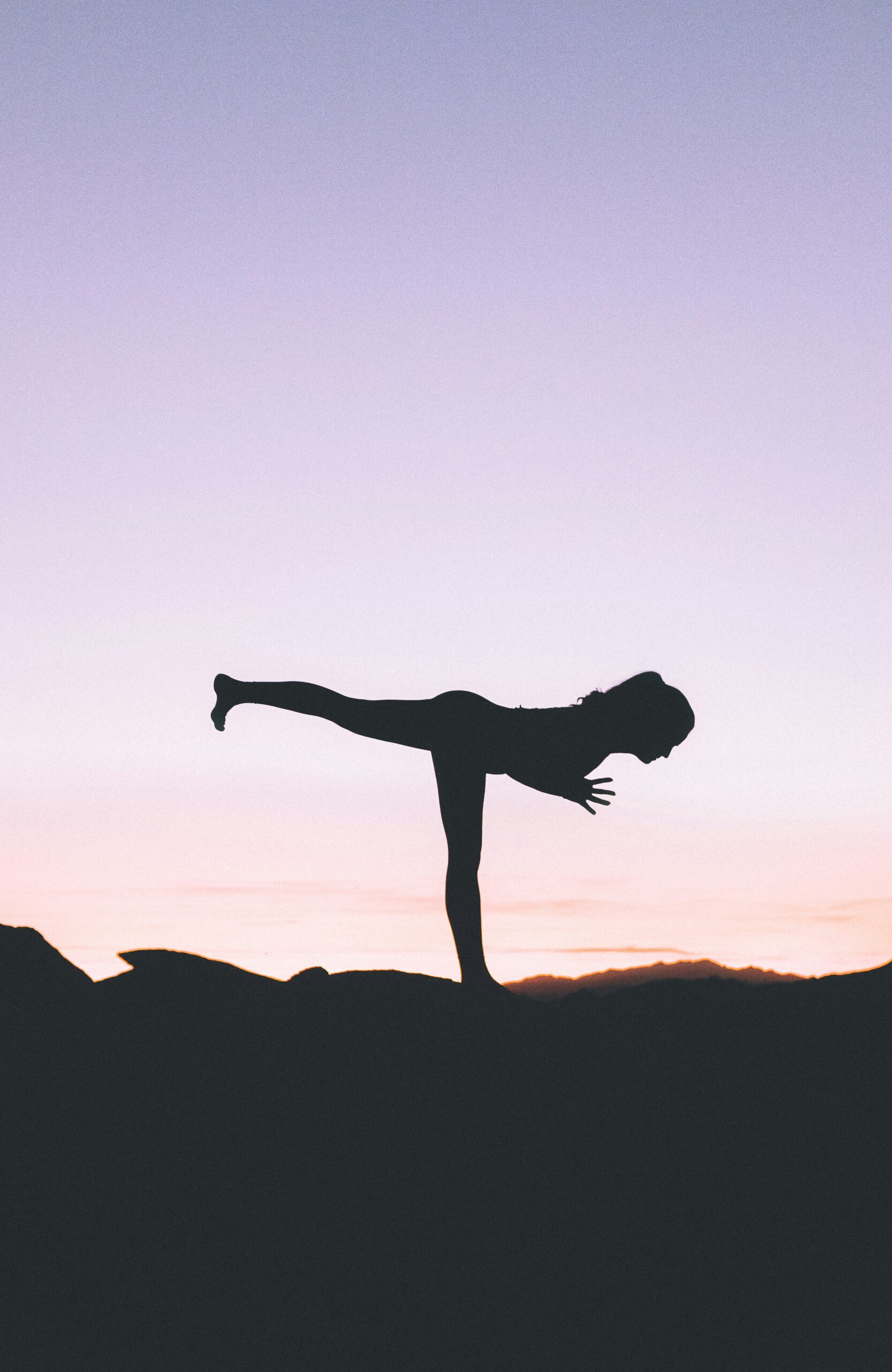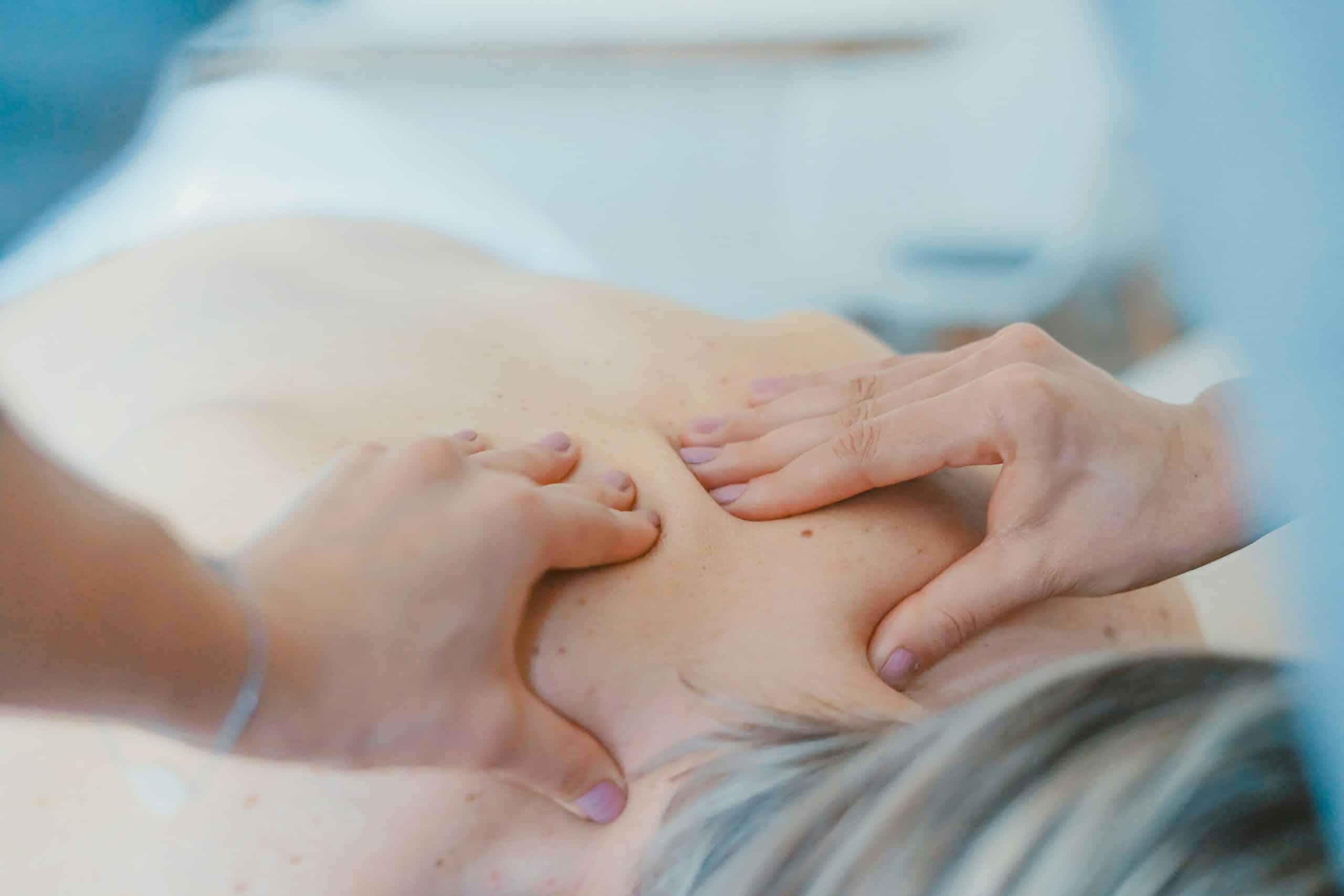
Gentle Yoga for Menopause Anxiety:
You Are Not Alone in This
When perimenopause began, I didn’t expect how much it would amplify the tension I’d learn to manage over the years. I found myself lying awake at night, my mind alert, my body unsettled, searching for a sense of calm.
I found my bliss in gentle yoga. It was everything I had been craving and looking for, even if I hadn’t known it. Over time, my night-time tension relaxed and my thoughts quieted. It brought me such peace, I am becoming a 200-hour Certified Yoga Teacher.
If you’re moving through perimenopause or menopause and feel an undercurrent of tension that just won’t settle, gentle yoga can help you find steadiness and relief without pushing yourself or overwhelming your sensitive system.
If you need more supportive context, explore HSP and Menopause: Calm the Chaos.
Why Menopause Increases Tension and Unease
For most women, perimenopause and menopause bring hormonal fluctuations that disrupt your sleep, nervous system, and emotional stability. Hot flashes, night sweats, and a new, odd sense of your body makes highly sensitive women especially uncomfortable and restlessness.
You may notice:
1. Tension in your shoulders, neck, and jaw
2. Difficulty relaxing, even when tired
3. Restlessness at night with a mind that won’t settle
4. Feeling easily overwhelmed by small stressors
If sleep is also a struggle during this transition, you might find support in Natural Sleep Music, Aids & Tips
How Healing, Gentle Yoga for Menopause Supports Mind and Body Calm
Healing, gentle yoga for menopause helps your sensitive body shift from “always on” to calm by:
1. Activating your parasympathetic nervous system, our vital “rest and digest” system, countering the constant low-level alertness many women feel during menopause. Learn more about how to support this calming pathway in Vagus Nerve Support for Sensitive Women.
2. Releasing muscle tension in areas where your body holds stress, like your shoulders, hips, and back.
3. Supporting deeper, more restful sleep by calming your system before bed.
4. Rebuilding trust with your body so you can feel safe within yourself during this transition.
5. Creating a soft, grounded rhythm that you can carry into your day.
Research from Harvard Health confirms that gentle yoga can help ease stress and calm an anxious mind.
Why This Gentle Yoga for Menopause Is Healing
For highly sensitive women, menopause can amplify the overwhelm already present in a world that often feels too loud and fast. Your body can start to feel like an unpredictable stranger, and you may lose trust in your ability to feel calm.
Healing, gentle yoga for menopause offers a soft, consistent way to:
1. Come back into your body with kindness
2. Slow down and listen to your wise quiet voice
3. Release tension
Your sensitivty is a gift here. Let it guide you to notice what is working and what isn’t in the gentle yoga.
Healing during menopause and perimenopause is not about fixing yourself. It is about letting your body and mind remember how to feel safe, calm, and supported again. It is about learning to rest deeply, breathe fully, and move in ways that honor your current energy rather than fighting against it.
For additional supportive lifestyle tools, see Better Days are to Come.Better Days are to Come.
Healing, Gentle Yoga Styles for Sensitive Women in Menopause
1. Yin Yoga: Long, supported holds help release deep tension in the fascia while giving your mind space to slow down when you have menopause anxiety.
2. Restorative Yoga: Fully supported poses allow your body to relax without effort, signaling to your system that it’s safe.
3. Gentle Hatha Yoga: Flowing movement to help maintain mobility and losen muscles without overstimulation.
4. Yoga Nidra: Guided rest that helps your menopause nervous system deeply reset, supporting emotional regulation and better sleep. Yoga Nidra How To
These practices help you meet your body where it is rather than pushing it.
A Healing, Gentle Yoga for Menopause Sequence for Calm
1. Child’s Pose (Balasana)
Benefits: Gently grounds your body, soothes your mind, and helps you feel safe. It allows your back and hips to release tension while encouraging a sense of inward calm.
How to: Kneel on your mat, big toes touching, knees apart or together, forehead resting on a pillow or mat, arms forward or beside your body.
Hold for: 3–5 minutes, breathing softly and letting the floor support you during this gentle yoga pose.
2. Reclining Bound Angle Pose (Supta Baddha Konasana)
Benefits: Opens the hips and chest, areas where emotional tension is often stored, while encouraging your body to soften and receive support.
How: Lie on your back, soles of the feet together, knees open, with pillows under your knees for support.
Stay for: 5–10 minutes with one hand on your heart and one on your belly, feeling your breath. Let your menopause anxiety gentle release.
3. Seated Forward Bend (Paschimottanasana)
Why it helps: Calms the mind, supports introspection, and releases the lower back and hamstrings, which often tighten with stress.
How: Sit with your legs extended, hinge gently at your hips, letting your spine round naturally as you fold forward, resting hands on legs or feet.
Hold for: 3–5 minutes, focusing on long, steady, gentle exhales.
4. Supported Fish Pose (Matsyasana Variation)
What you receive: Opens the chest to deepen breath, gently counters the rounded posture from tension, and invites emotional release.
How to: Place a bolster or rolled blanket under your upper back which allows your chest to open, arms relaxed to the sides.
Remain for: 5–7 minutes, breathing gently, allowing your shoulders to soften in the gentle yoga pose.
5. Legs Up the Wall (Viparita Karani)
Why it helps: Eases lower body tension, calms the nervous system, and supports circulation, making it ideal before final rest.
How: Sit sideways next to a wall, swing your legs up as you lie back, arms relaxed at your sides, optional folded blanket under hips for support. Legs up the wall how to.
Stay for: 5–10 minutes, letting your breath lengthen naturally.
6. Savasana (Final Resting Pose)
Benefits: Allows your body to integrate the practice, deeply resting your nervous system while giving your mind space to soften.
How: Lie on your back with a pillow under your knees, arms comfortably at your sides, eyes closed or covered.
Hold for: 5–10 minutes, allowing your breath to settle and solidify the gentle yoga for menopause benefits.
Breathing Practices to Add to Your Gentle Yoga for Menopause
1. Box Breathing (4-4-4-4): Calms and steadies the mind.
2. Alternate Nostril Breathing: Helps you feel centered.
3. Extended Exhale Breathing (inhale 4, exhale 6–8): Signals to your body that it is safe to relax.
Pairing gentle breathwork with yoga amplifies calm and can also support digestive ease. A soothing option to pair with your practice is Ginger Tea for Sensitive Digestion.
Additional Gentle Supports for Sensitive Women
1. Magnesium-rich foods (pumpkin seeds, leafy greens)
2. Journaling to process emotions
3. Walking barefoot on the earth – “grounding.”
When to Seek Additional Help
If your tension, restlessness, or unease feels unmanageable, reach out to your healthcare provider. Gentle yoga can support your healing journey but is not a replacement for care when you need it.
Healing, Gentle Yoga for Menopause Conclusion
Menopause can bring tension, unease, and restlessness, especially for highly sensitive women who feel deeply. Gentle, healing yoga offers a nurturing, accessible path to calm your mind, ease your body, and support your sensitive nervous system during this season of change.
You do not need to push yourself to heal. You can honor your body’s signals, move gently, and allow yourself to rest as you find your way to grounding and calm.





